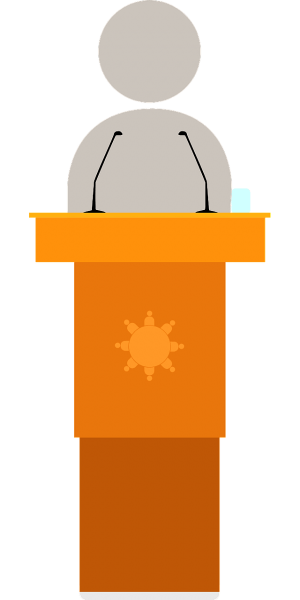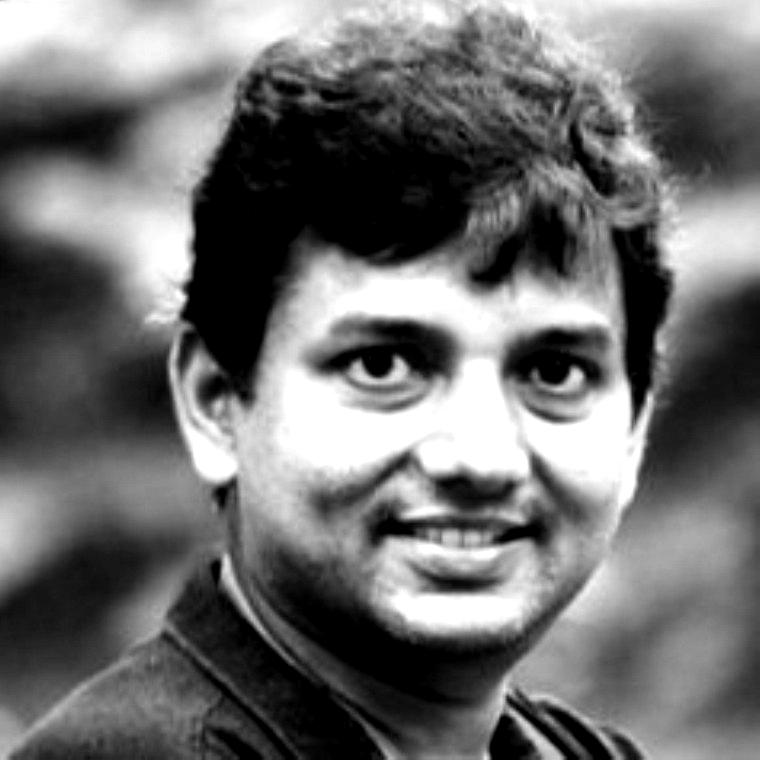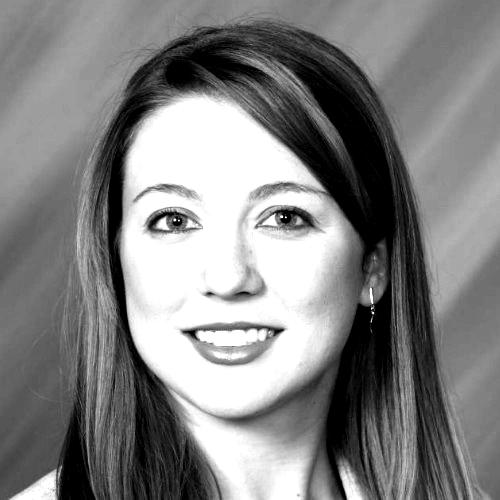KOL Engagement and Planning, KOL Opinion, KOL Insights Primary Market Research, Rare Disease Research & Knowledge
Thelansis has strong expertise in identifying, mapping, segmenting, and profiling KOLs across therapy areas to collect the most relevant KOL Insights/ KOL opinions. From the beginning of the product development process, KOL engagement is the key success factor in Rare and ultra-rare indications. Global KOL Panel Management System; comprises directories of trial investigators, Researchers, Healthcare practitioners (HCPs), Payers, Regulatory bodies, and speakers.
Successful KOL identification is about identifying anyone with the potential to impact your work – clinicians, authors, speakers, nurses, tweeters, or the medics building cutting-edge apps for their patients.
We’re confident in our ability & accuracy to identify the right people because we’ve spent years engineering every step of the KOL identification process and transforming what ‘KOL identification’ can do for you.
We also appreciate that our work is all about people. That’s why even the world’s most enormous bucket of accurate analytics cannot circumvent the subjective nuances of KOL identification and influence.
So, whether your KOL identification requires a global program, a national exercise, or an exploration of tomorrow’s emerging markets, we can help because KOL identification is what we do every day.
Clinical trial analytics, Clinical trial landscape, Rare disease research, Rare disease knowledge, KOL engagement






